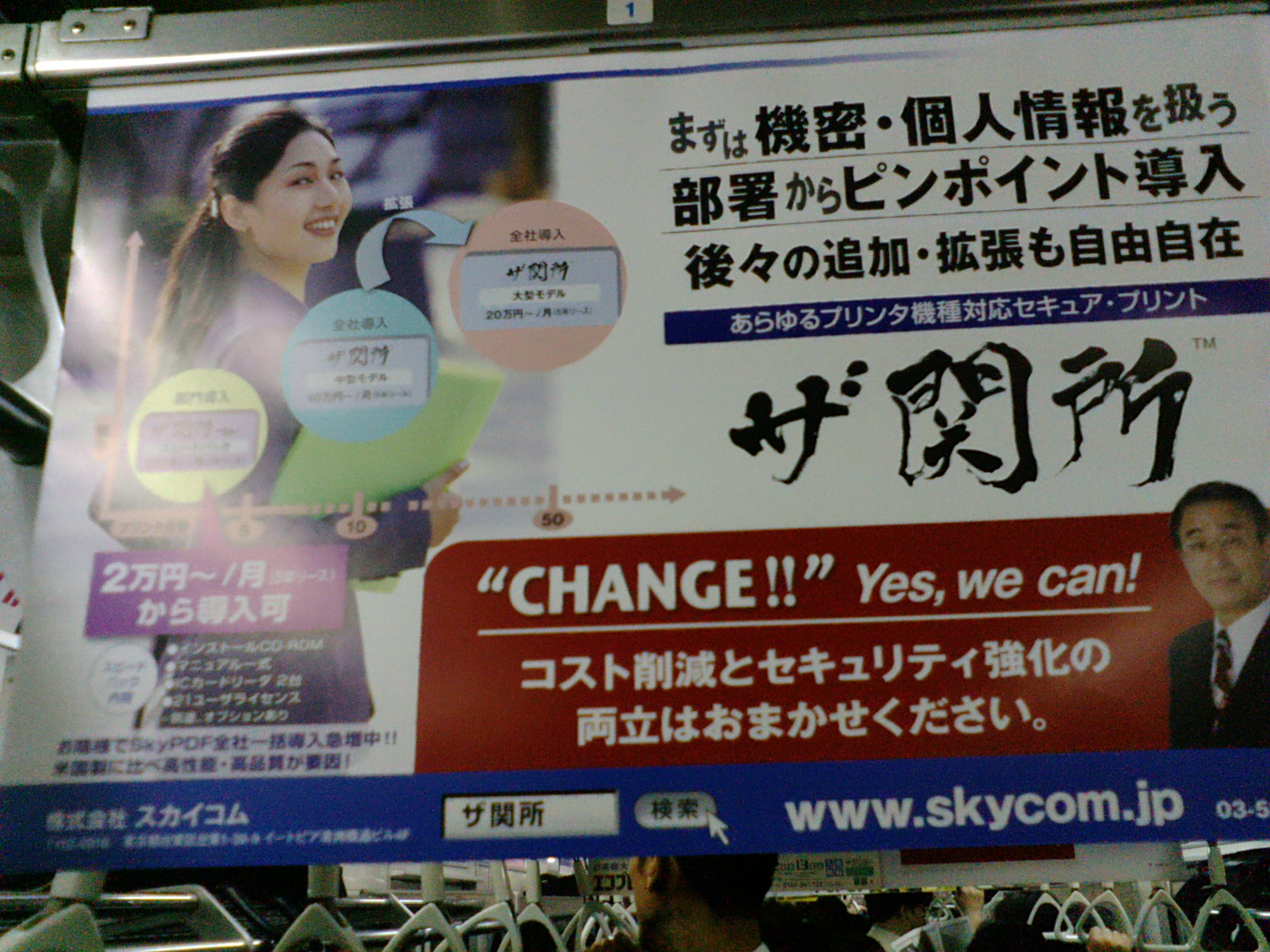As a beer drinker (though I am really liking wine these days), this announcement was truly shocking:
I’ve said it before and I’ll say it again — what a sad state of affairs! If I saw this at the store I might be forced to buy it for the novelty value, but apparently it’s only being offered online. Oh well.
This new chocolate low-malt beer (happoshu in Japanese) makes me sad, mostly because of the implications of the company’s decision to make chocolate happoshu instead of chocolate real beer.
What started as a clever way to get around a tax hike in 1994 has today resulted in low-malt happoshu and no-malt “third beer” gaining recognition among the Japanese public as cheaper, viable alternatives to the real thing. In my own life, it is typical to see housewives at the local Ito Yokado buying dinner with a cheaper beer alternative, either for the husband or to drink together (I do a lot of the grocery shopping). How did things come to this?
According to the National Tax Agency, beer has long been Japan’s drink of choice. As far back as 1970, twice as much beer was consumed as Japanese sake. But for a long time, Japan has had a 40% tax on beer sales, higher than other advanced nations (UPDATE: in 2006 it was lowered slightly but remains high). This was never a problem when Japan’s economy was growing, but a tax change in the post-bubble year 1994 triggered events that would transform the local convenience store beer cooler:
Japan’s alcohol tax system divides beer-like malt beverages into four categories based on malt content: 67% or higher, 50 to 67%, 25 to 50%, and less than 25%. An alcoholic beverage based on malt is classified as beer if the weight of malt extract exceeds 67% of the fermentable ingredients. Since Suntory‘s introduction in 1994 of Hop’s Draft, containing 65% malt, a market has emerged for low-malt, and recently, non-malt beer substitutes.
With alcohol tax revenues decreasing as a result of happoshu’s popularity, the Japanese government eventually raised the nation’s tax on low malt beers. In 1996, the tax for products containing 50 to 67% malt was raised to that of beer. Brewers followed suit by lowering the malt content of their products. Today, most happoshu contains less than 25% malt, putting it in the lowest tax category of low-malt beer. In recent years, Japanese brewers have released dozens of brands in attempt to increase their market share. Many of these are marketed as more healthy products, with reduced carbohydrates and purines. Another trend is to use unmalted barley, such as in Sapporo’s Mugi 100% Nama-shibori.
Beer-flavored beverages collectively dubbed “the third beer“(第三のビール, dai-san no bīru) by the mass media have been developed to compete with happoshu. These alcoholic products fall under categories not yet as highly taxed. The third beer beverages either use malt alternatives, or they are a mix of happoshu and another type of alcohol. When comparing 350 ml cans, the third beer brands can be 10 to 25 yen cheaper than happoshu.
Effect on total consumption
These new, less tasty types of beer have grown in importance over the years. Third beer sales overtook happoshu for the first time in 2008, amid a record bad sales year for the beer and beer equivalent industry as a whole. Together, happoshu and third beer sold almost 90% as many cases as real beer (226 million vs. 256 million). In a matter of years, Japan may be drinking more loophole beer than the real thing. The bad sales were attributed to to price hikes (due to high commodity prices in the first half of 2008) and a general shift among consumers away from beer to other options or no drinking at all (due to being too old or a part of the supposedly vice-free younger generation).
Over a longer term, consumption of beer peaked in 1994 at 7 million kiloliters and fell 53% by 2006. The combined beer + happoshu + “other alcohol” numbers went from 7.09 million kL in 1994 to 5.9 million in 2006, a dip of around 18%. from the peak.
However, according to the tax authorities, overall alcohol consumption peaked in 1996 and fell 9.2% by 2006. It is clear that the decline of beer etc. was the biggest drag on the total, as no segment of the industry stepped up to take beer’s place. Beer’s share of total alcohol consumption declined from 73% in 1994 to just 66% in 2006. While shochu and liqueur (mostly chuhai aka shochu “alcopop”) and wine grew over that period (and sake, whisky, and brandy actually declined significantly), there is still nothing approaching beer.
Effects on drinking behavior, conclusion
The rise of happoshu came amid a major recession for the Japanese economy and the first instance of deflation for a developed economy in the postwar era. Just as the 1990s saw the rise of 100 yen stores and Uniqlo discount apparel, these near-beers are the product of downward price pressure and a relative impoverization of a wide swath of Japanese consumers.
This dual taxation appears to have created a similar dual structure in how people drink their beer. According to What Japan Thinks, while around three quarters of those surveyed drink at home, the overwhelming drink of choice was Happoshu: “over one in six of the total population drink happoshu almost every day!” So while a minority will drink beer or other alcohol, it’s clear that my observations of housewives at Ito Yokado aren’t just coincidence — as far as I can tell, the justification for drinking happoshu is that it’s cheap and tastes just good enough to be had with dinner.
The existence of these choices isn’t by itself a bad thing. I am not aware of the tax scheme in the US, but liquor stores are filled with nasty alternatives to good beer (some happoshu brands are much better than Schlitz, just to name one example). The only thing that angers me is that the tax policy has pushed the beer companies to pursue a decidedly low-quality product line in order to avoid their tax bills, to the point that it dominates their marketing such that even their novelty products are happoshu. Could it have been possible to negotiate an overall lower tax on beer that would maximize both quality and tax revenue?
Ultimately, the tax wars over beer ended up hurting everyone involved, concludes a helpful summer 2008 report by Shigeki Morinobu, a former tax regulator who was personally involved in the process between 1993-97. Annual tax revenues from beer and derivatives fell from more than 1.6 trillion yen in 1994 to 1.1 trillion yen in 2007, an enormous drop of 32%. The beer market has shrunk significantly, as detailed above.
Morinobu, in translation and with my full-throttled agreement:
And what about the consumers? The tax debate resulted in low-malt beers overflowing the store shelves. The flavor of beer-type drinks grew worse and worse, which constitutes perhaps the biggest factor behind the trend away from beer drinking, especially prominent among young people. Seen this way, it is clear there are no winners in this war over beer taxation.
In Germany, anything with less than 100% malt cannot be considered beer. Japan, too, should return to the root of the problem and recognize that creating good beer will increase beer’s overall consumption volume and in the end boost national tax revenues. This summer, I prefer to drink 100% malt, real beer.


